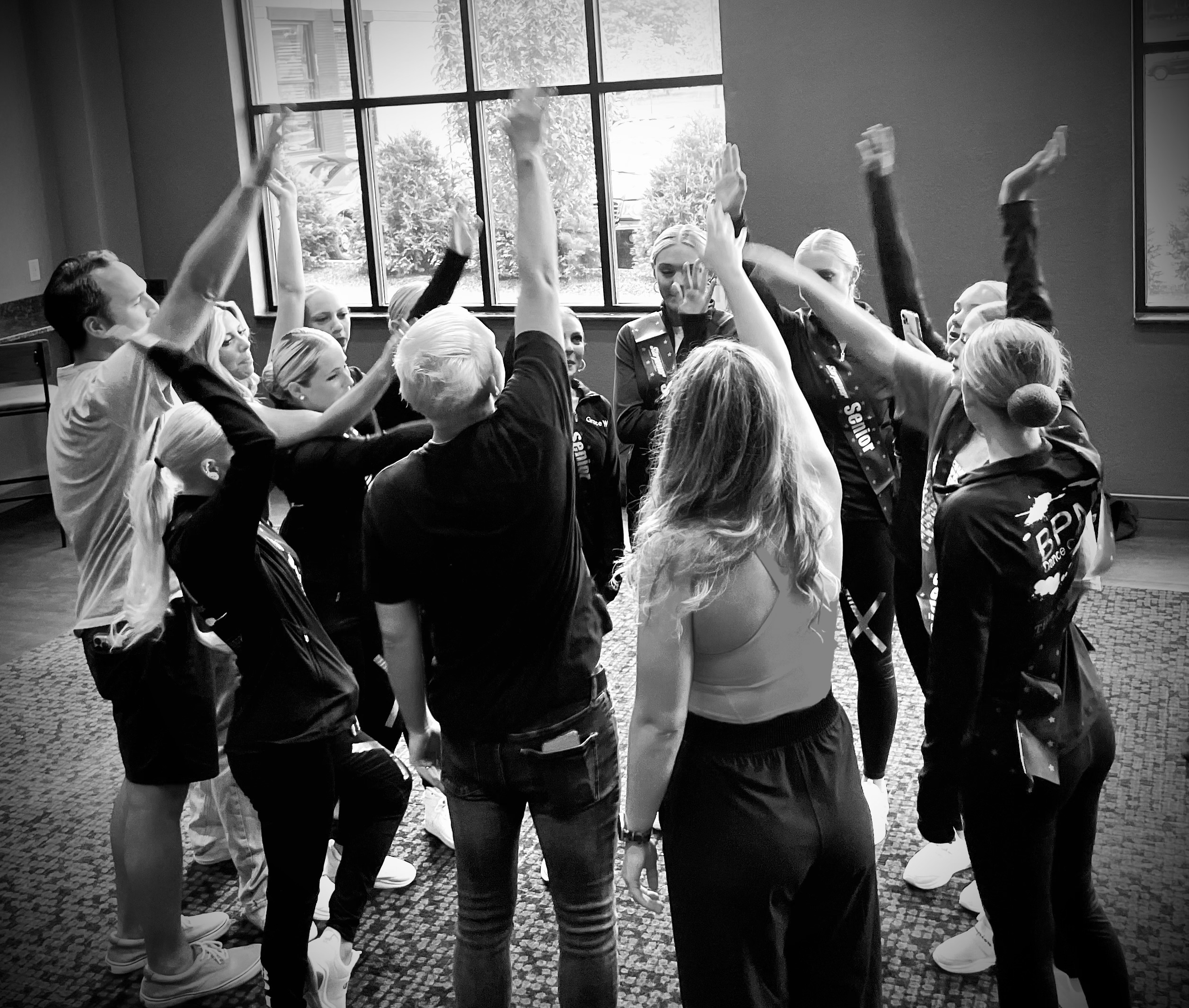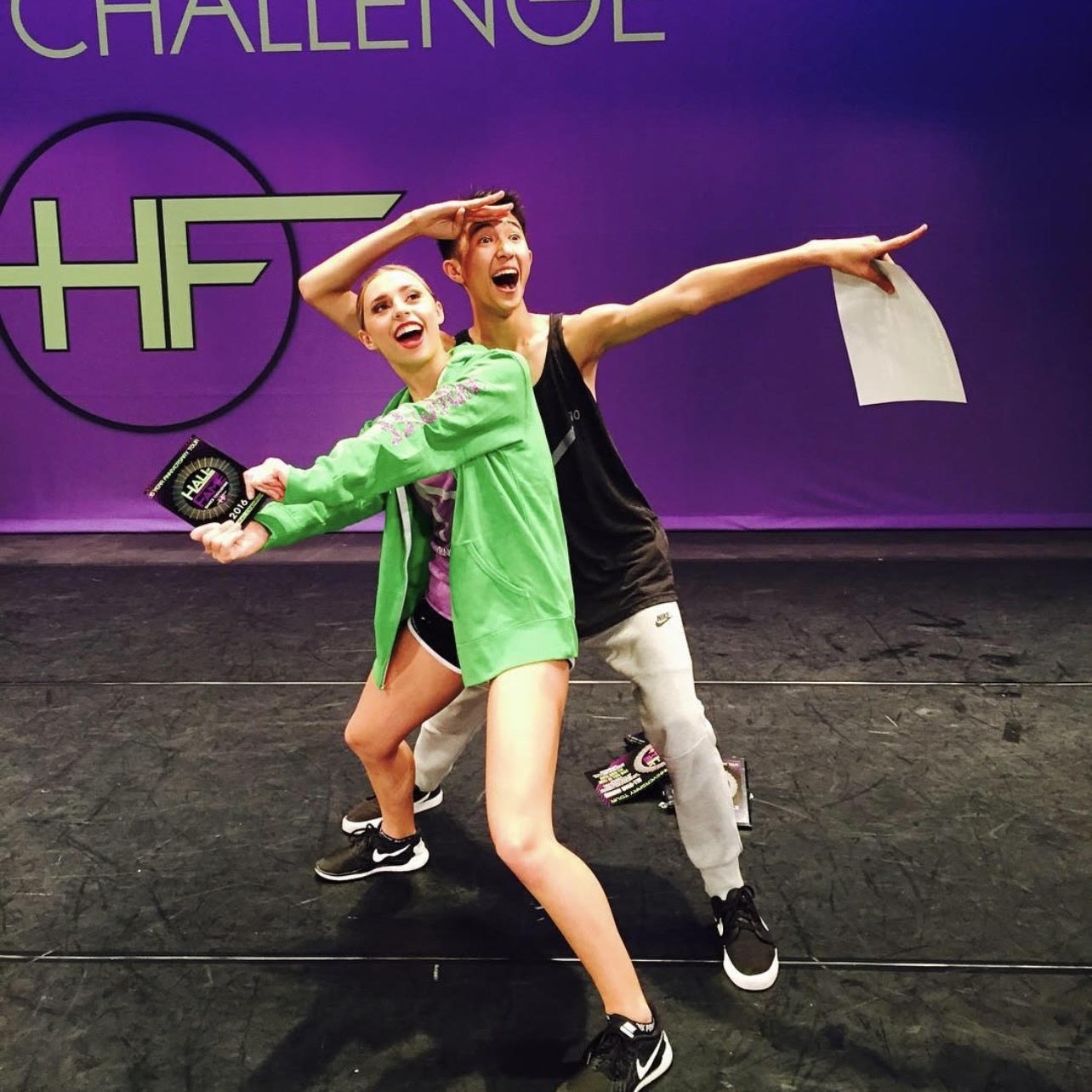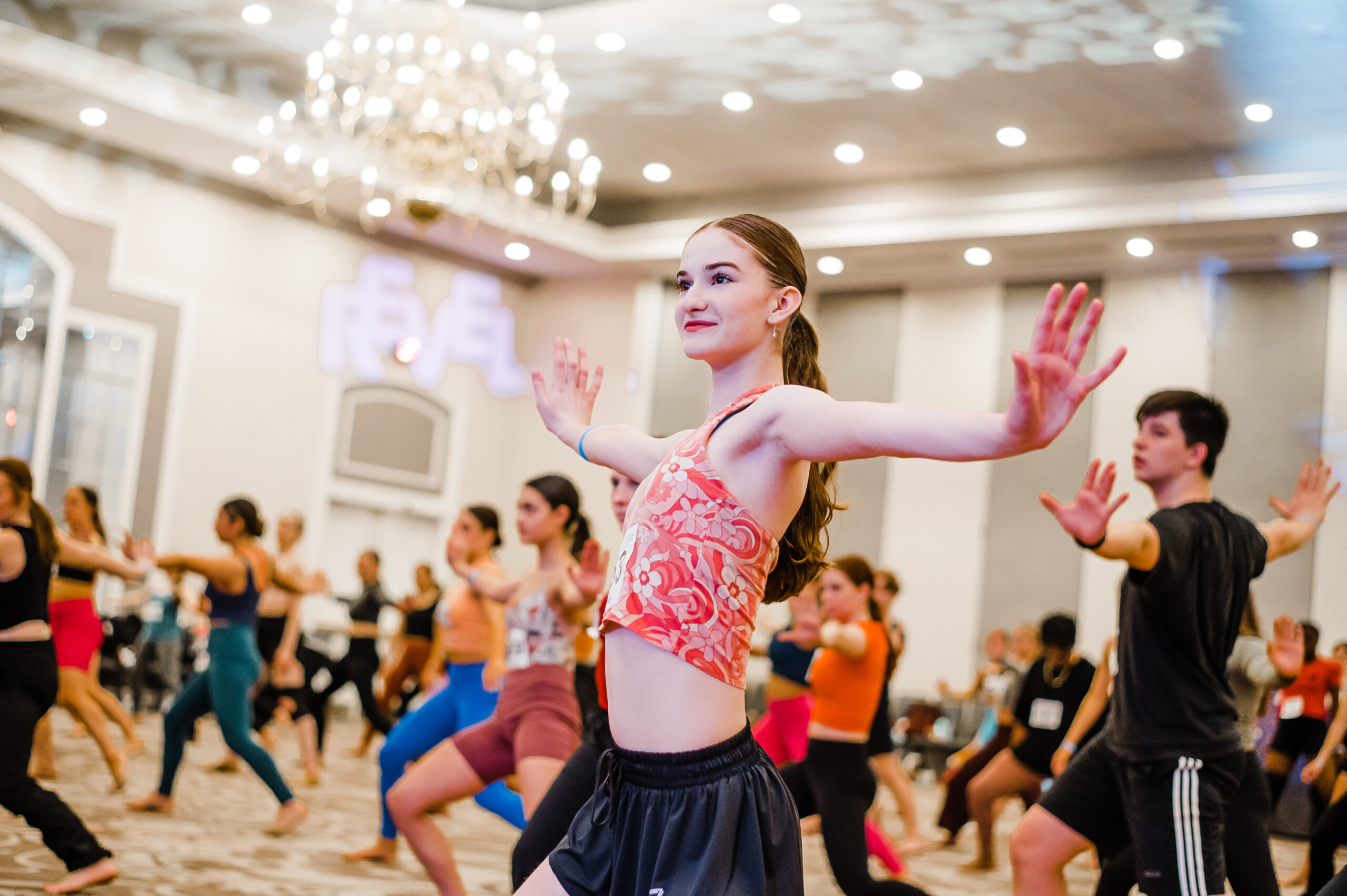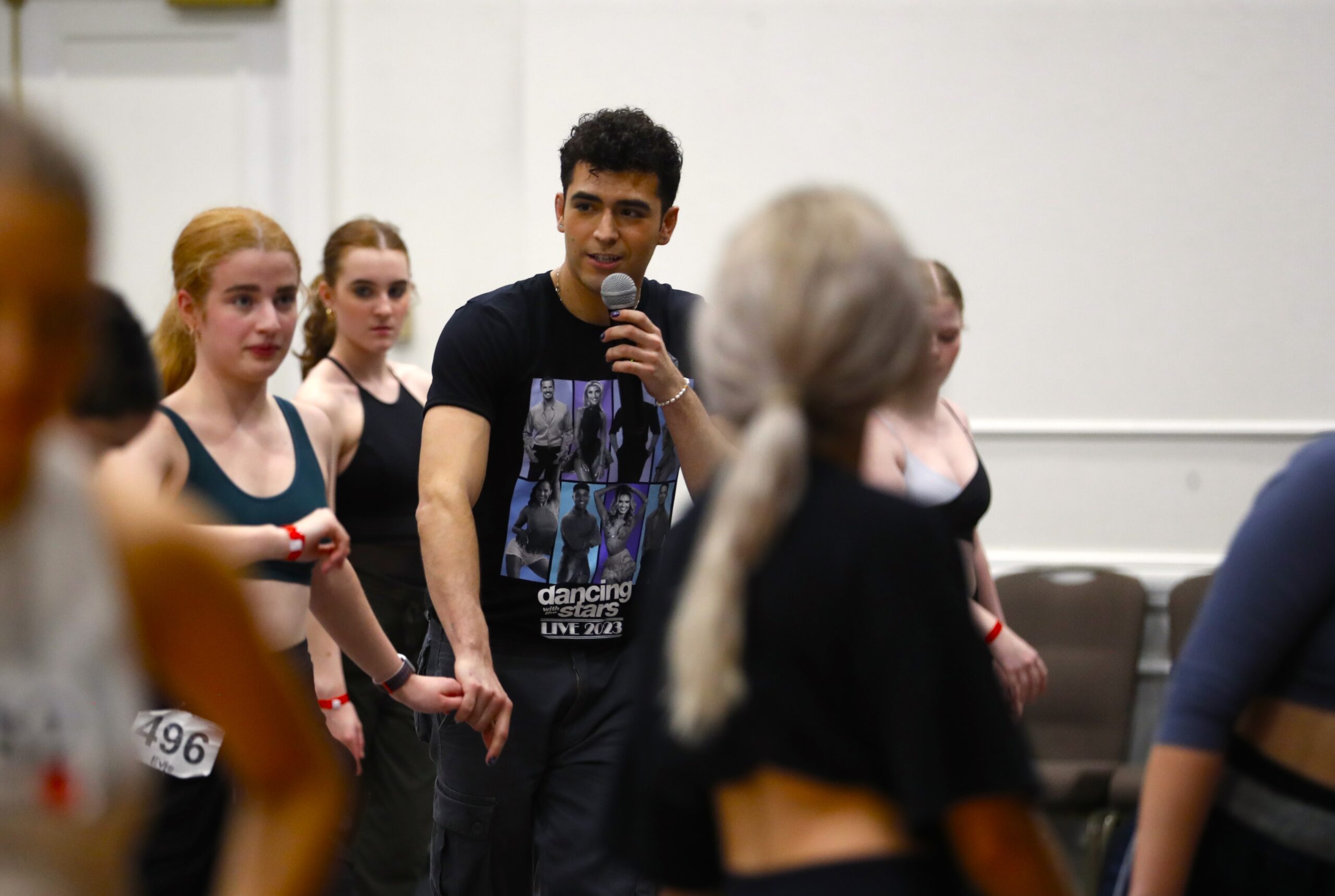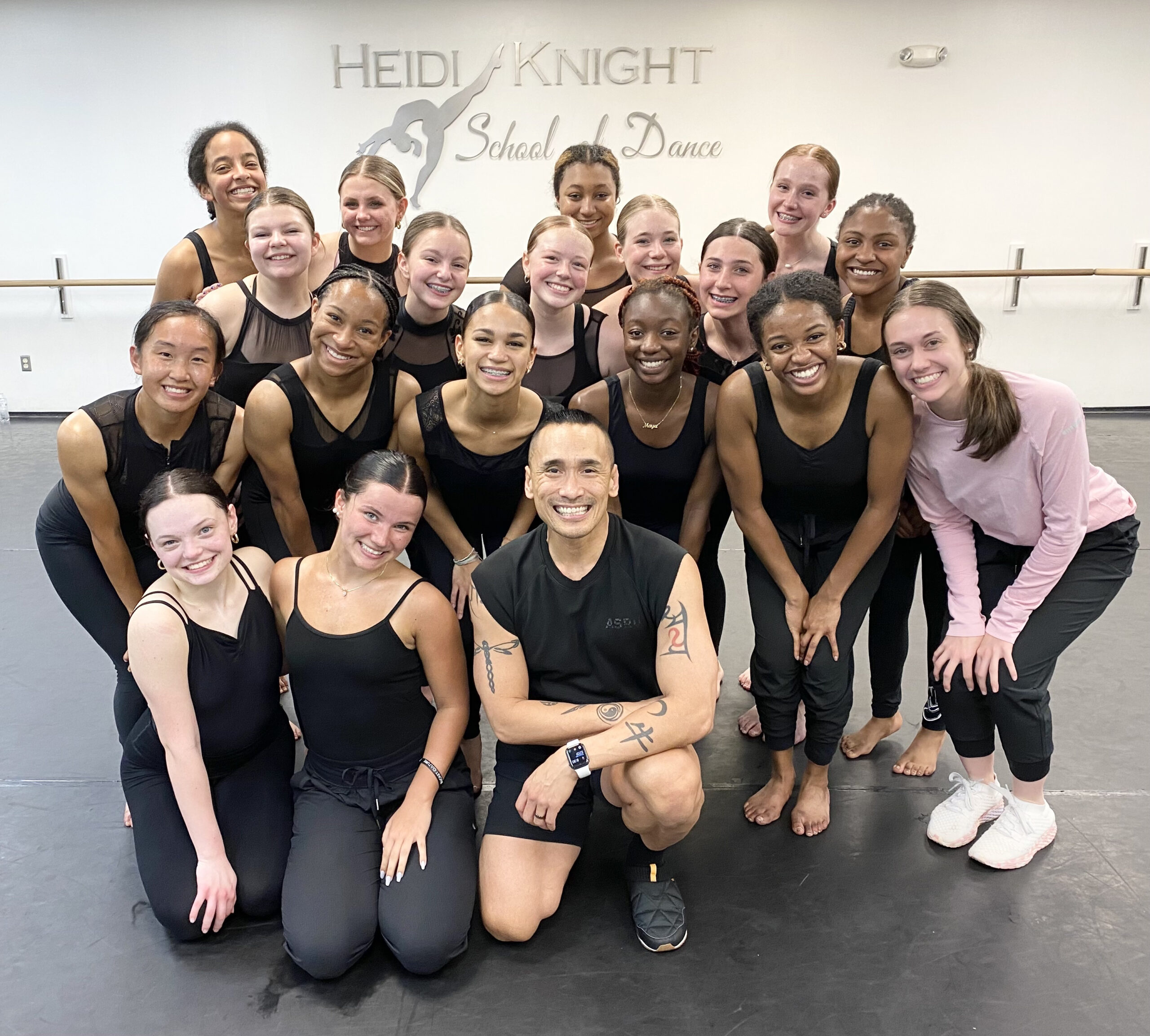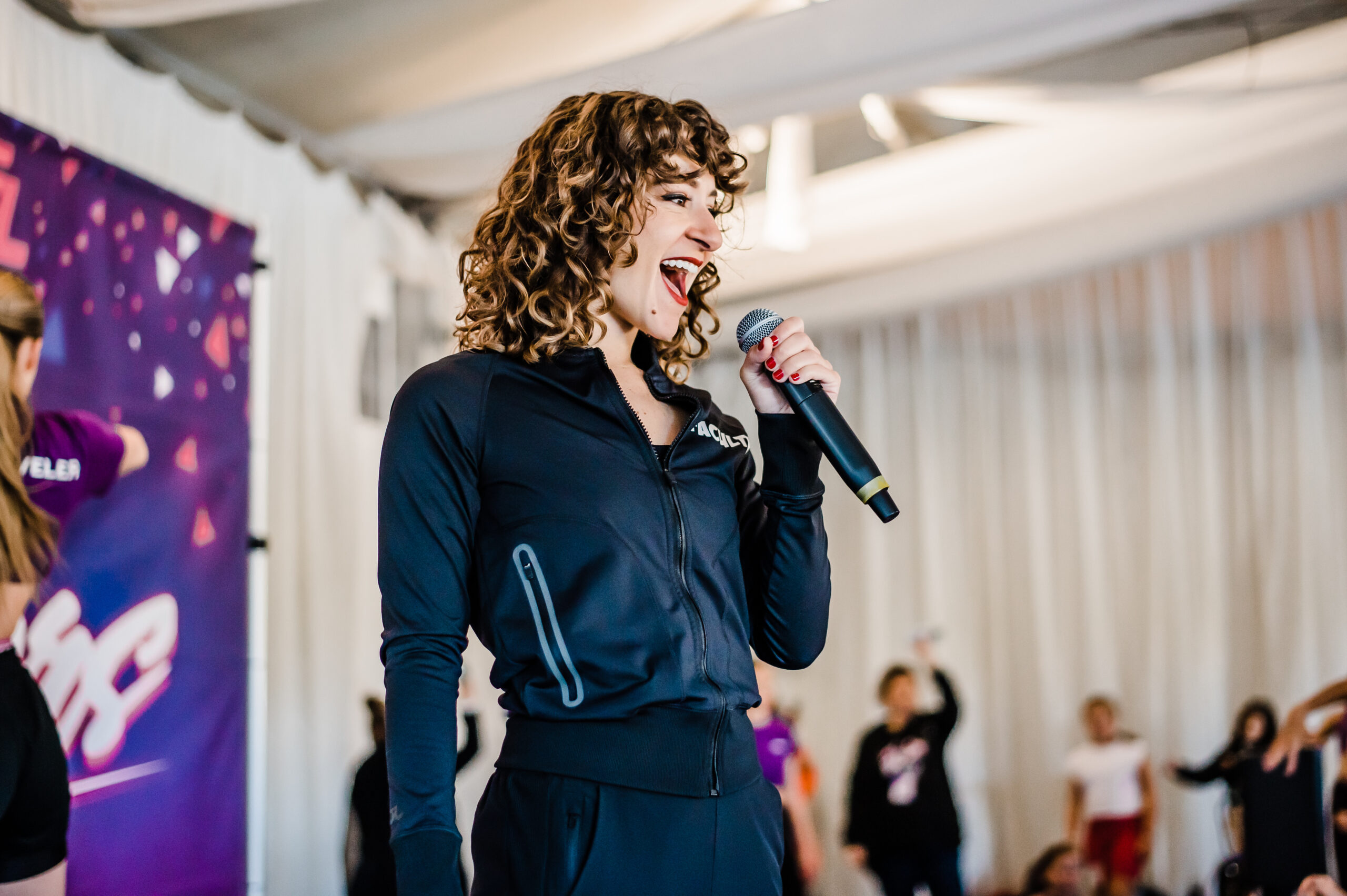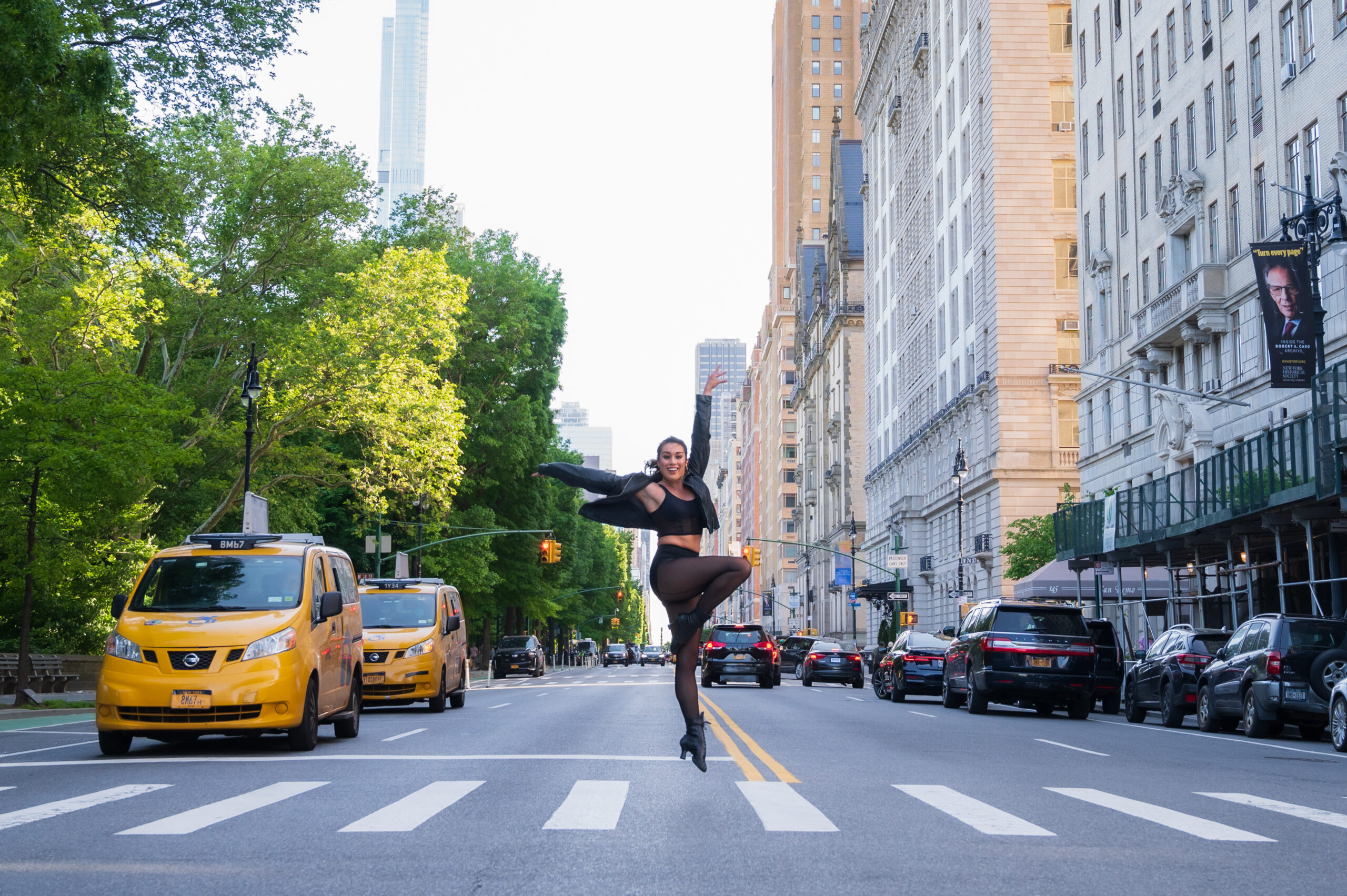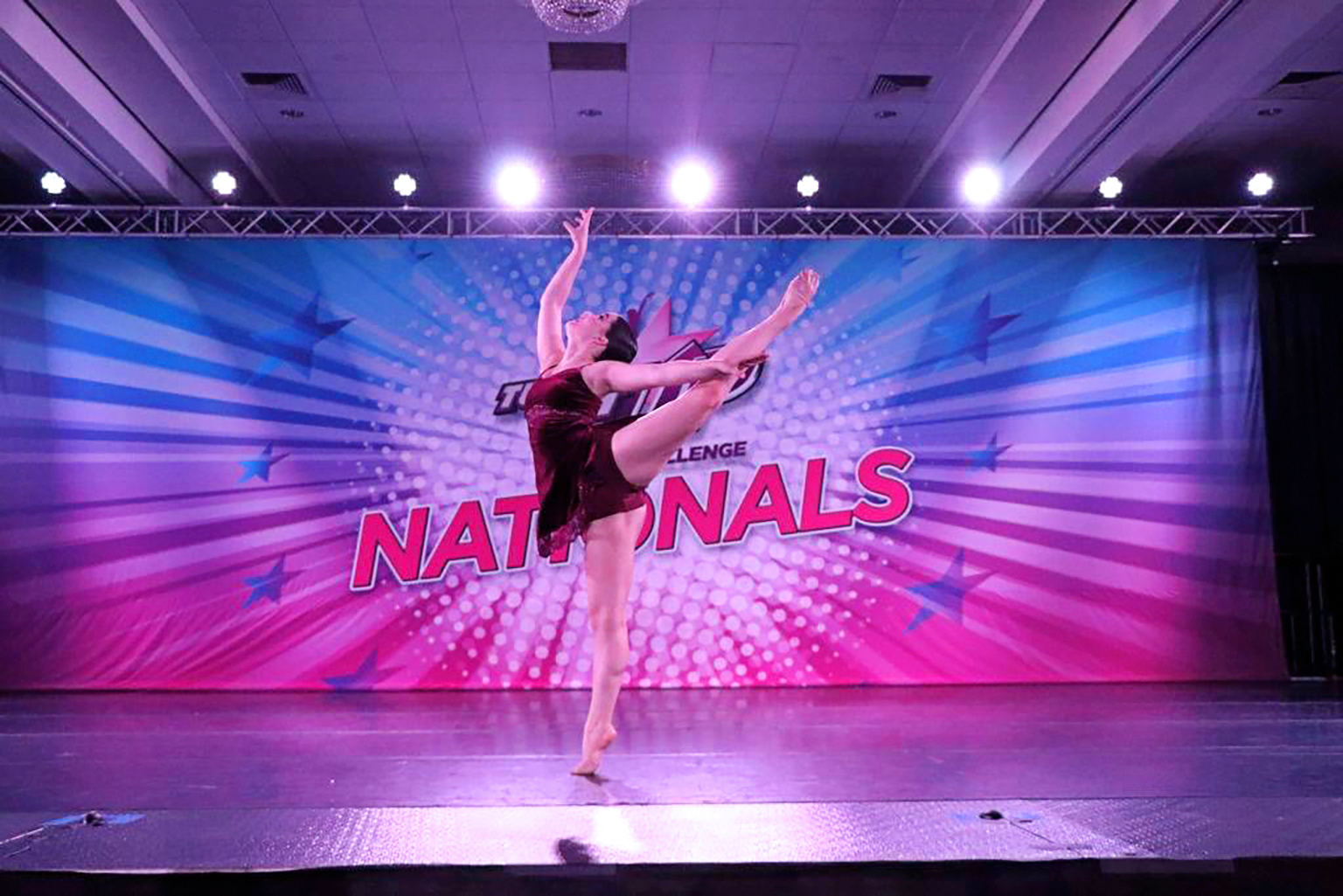How to Deal With Mid-Comp-Season Burnout
While full of excitement and fun, competitions are also mentally and physically taxing. It’s easy to find yourself run down after months of rehearsing and performing for hours on end every week. How can both teachers and dancers keep normal fatigue from turning into burnout? By recognizing the telltale signs and making small but meaningful changes.
